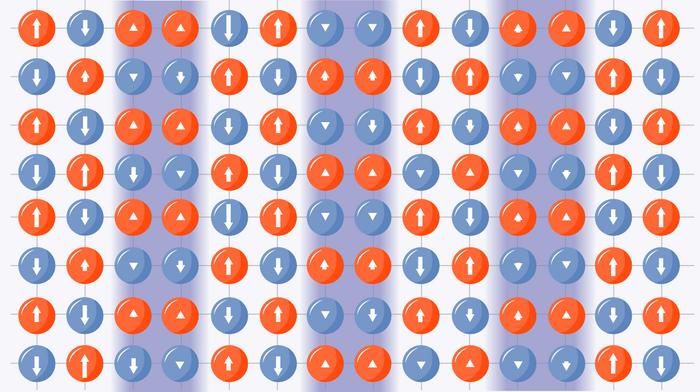In a study published in the May 10 issue of Science, researchers have made significant strides in understanding the origins of high-temperature superconductivity in a class of materials called cuprates. The findings could pave the way for technological advances such as superfast levitating trains, long-range lossless power transmission, and faster MRI machines.
Cuprates, discovered in 1986, have puzzled scientists for nearly four decades due to their ability to superconduct at relatively high temperatures. “There was tremendous excitement when cuprate superconductors were discovered [in 1986], but no understanding of why they remain superconductive at such high temperatures,” says Shiwei Zhang, a senior research scientist at the Flatiron Institute’s Center for Computational Quantum Physics (CCQ). “I think it’s surprising to everybody that almost 40 years later, we still don’t quite understand why they do what they do.”
A Simple Model Captures Cuprate Superconductivity
Zhang and his colleagues successfully re-created features of cuprate superconductivity using a simple model called the two-dimensional Hubbard model, which treats the materials as if they were electrons moving around a quantum chessboard. The breakthrough comes only a few years after the same researchers demonstrated that the simplest version of this model couldn’t perform such a feat.
“The idea in physics is to keep the model as simple as possible because it’s difficult enough on its own,” says study co-author Ulrich Schollwöck, a professor at the University of Munich. “So in the beginning we studied the simplest version imaginable.”
In the new study, the researchers added to the 2D Hubbard model the ability for electrons to make diagonal hops, like bishops in chess. With this tweak and thousands of weeks-long simulations on supercomputers, the researchers’ model captured the superconductivity and several other key features of cuprates previously found in experiments.
Unraveling the Complexity of Quantum Mechanics
The layers in cuprates are inhabited by electrons, each with either an up or a down spin. The electrons can become entangled, meaning they can’t be treated separately even when far apart, making them incredibly difficult to simulate on a computer.
“Although the Hubbard model can be written down as an equation taking only a line or two of text, because it is applied to hundreds of atoms interacting through the strange laws of quantum mechanics, one could simulate it on a computer as large as the earth for thousands of years and still not be able to get the right answers,” says study co-author Steven White, a professor at the University of California, Irvine.
To deal with that level of complexity, the researchers combined two renowned techniques developed separately by White and Zhang in the ’90s. The collaborative multimethod approach is the legacy of the Simons Collaboration on the Many Electron Problem, which included many CCQ scientists.
Zhang says the paper proves the continued salience of the Hubbard model and ‘classical’ computation. “After over 30 years of intense effort by the community without many reliable answers, it’s often been argued that solving the Hubbard model would have to wait for a quantum computer,” Zhang says. “This effort will not only advance research in high-temperature superconductivity, but hopefully also spur more research using ‘classical’ computation to explore the wonders of the quantum world.”


